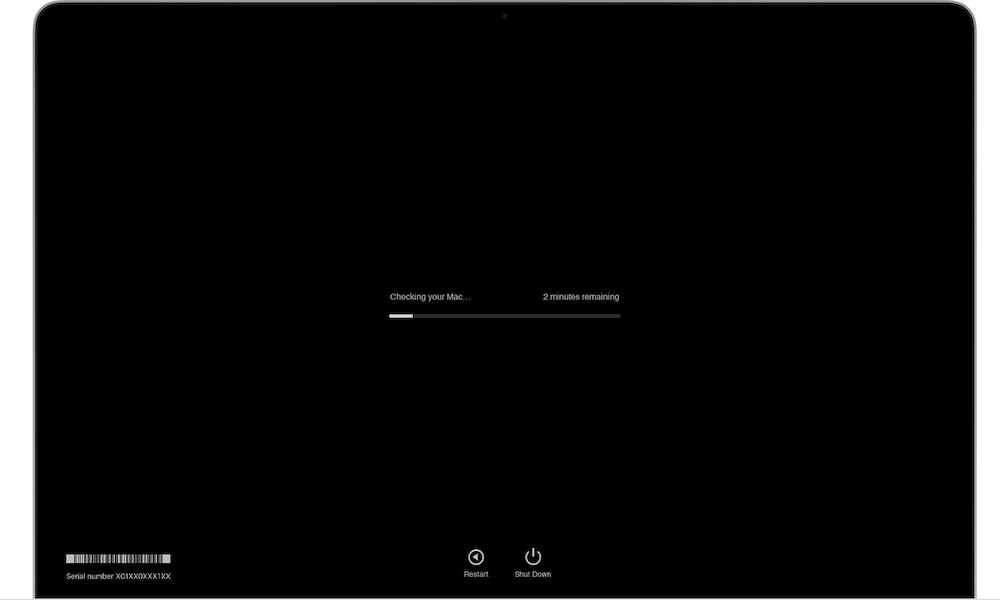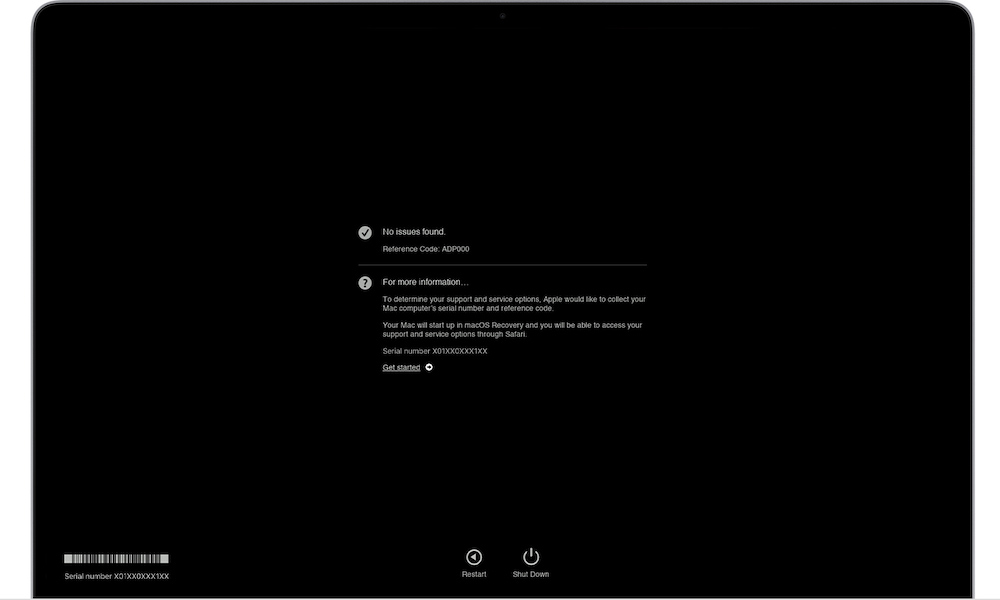If Your Mac Is Having Problems, Try Using This Built-in Diagnostic Tool
 Credit: Mr. Mikla / Shutterstock
Credit: Mr. Mikla / Shutterstock
Toggle Dark Mode
No matter how well a computer was designed, there will be a time when you’ll experience technical issues, even on a Mac. Fortunately, there’s usually a solution for every problem, and tech issues aren’t any different.
Software problems are easier to deal with. If it’s an issue with macOS, you can always update your Mac and see if Apple’s already fixed the problem for you. The same goes for any app on your Mac. And if everything fails, you can always restart your computer. Simple.
But what about hardware issues? Where do you even begin looking for an issue if you can’t just open up your Mac? Plus, if you’re not that tech-savvy, it might be overwhelming..
Fortunately, Apple has already thought about this. And if you’re having hardware problems, you can always try to find the issue yourself by using Apple Diagnostics.
What Is Apple Diagnostics?
Apple Diagnostics is a feature that lets you scan your Mac for faulty hardware. This test will show you all of the hardware pieces inside your Mac that might have issues and will give you the information you need to understand the problem and fix it.
Note that Apple Diagnostics is a feature that was integrated into every Mac model after June 2013. Older Mac models run a similar program called Apple Hardware Test (AHT). The AHT works similar to Apple Diagnostics, and it should give you the same information you need to fix your hardware issues.
Before You Begin:
Apple Diagnostics is pretty straightforward to use, but you’ll need to do a few things first.
- First, make sure your Mac is on a hard flat surface with good ventilation.
- Turn off your Mac.
- Disconnect all external devices except for the keyboard, mouse, ethernet connection, if you have one, and the power connection.
- Turn off any firmware passwords your Mac is using.
With that out of the way, here’s how you can use Apple Diagnostics.
How to Use Apple Diagnostics
How you use Apple Diagnostics will depend on which Mac you’re using. If you have a Mac computer with an Intel Processor, here’s what you need to do:
- Press the Power button on your Mac to turn it on.
- Immediately after, press and hold the D key on your keyboard. (If just pressing the D key doesn’t work, try pressing and holding the Option key + D.)
- Release the D key until you see a progress bar, a small globe, and a message that says your Mac is searching for an internet connection, or it asks you to choose a language.
If you have an M1 Mac, follow these steps:
- Turn on your Mac and keep pressing and holding the Power Button while your Mac starts.
- When you see startup options release the Power Button.
- Press the Command Key (⌘) + D.
What Happens Next?
Once you’re into the Apple Diagnostics screen, your Mac will ask you if you want to share your Mac’s information with Apple. You’ll be sharing device identifiers, hardware and software specifications, and usage information.
If you agree, you’ll grant Apple access to collect, retain, and maybe use this information.
If you don’t want to share this information, you can click on the option Run offline.
Afterward, your Mac will start scanning itself to find any hardware issues. This will take a few minutes, and once it’s done, you’ll see a list of the possible pieces of hardware that are causing issues. If nothing’s wrong, you’ll see a message saying there were no issues found.
Along with the hardware that’s having issues, you’ll see some additional Reference Codes that you can write down. These codes are meant to give you more information about the problem.
Once you’ve found the information you need, you can either rerun the test, restart your Mac or turn it off. You’ll also see a For more information section that you can click on to find out more about your Mac’s issues. This will boot your Mac in Recovery Mode and open your browser to give you more information.Â
What to Do If Your Mac Finds Issues
If your Mac’s results show that you have some faulty hardware, the reference codes from the results will help you fix the issue.
You can use these codes to find more about the issue, as well as possible solutions to the problem. To find out more about your codes, go to the Apple Diagnostics reference codes web page.
The list of codes tells you what the problem is and possible solutions. You can also contact Apple to let its technical support help you out.








